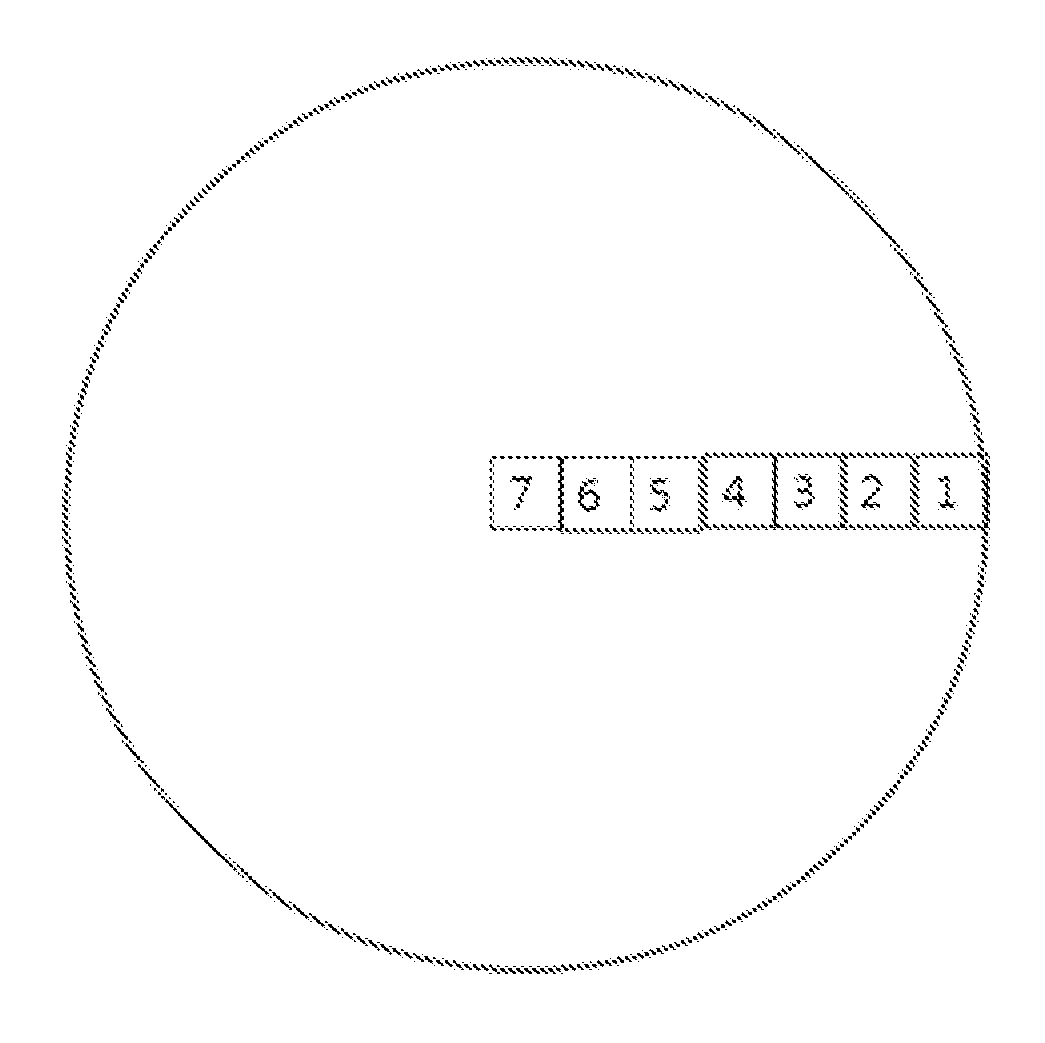Lithium secondary battery
a secondary battery and lithium technology, applied in the field of lithium secondary batteries, can solve the problems of severe reduction of power and charge/discharge performance, increase of demand for lithium secondary batteries having excellent low temperature properties, etc., and achieve the effects of improving power, excellent performance, and improving
- Summary
- Abstract
- Description
- Claims
- Application Information
AI Technical Summary
Benefits of technology
Problems solved by technology
Method used
Image
Examples
example 1
[0077]
[0078]Lithium-metal oxide (hereinafter, FCG) with a whole composition of LiNi0.80Co0.10Mn0.1O2, which has a concentration gradient from a core part composition of LiNi0.84Co0.11Mn0.05O2 to a surface part composition of LiNi0.78Co0.10Mn0.12O2, and is doped with Ti was used as a cathode active material. The FCG, Denka Black as a conductive material, and PVDF as a binder were used in a weight ratio of 92:5:3, respectively, to prepare a cathode mixture, thereafter, the prepared mixture was applied to an aluminum substrate to coat the same, followed by drying and pressing to prepare a cathode.
[0079]For reference, the concentration gradient of the lithium-metal oxide used herein is listed in Table 1, and a measurement site of concentration is shown in FIG. 1. For the lithium-metal oxide particle with a distance from a core of a particle to the surface thereof, that is, 5 μm, the measurement sites were present at an interval of 5 / 7 μm from the surface.
[0080]
TABLE 1SiteNiMnCo177.9711....
examples 2 to 30
[0087]The same procedures as described in Example 1 were conducted to fabricate cells except that type and concentration of the transitional metal doped to the cathode active material were changed as shown in Table 2 below. Table 2 describes the type and concentration of the transitional metal used herein.
experimental example 1
[0092]1. Measurement of Low Temperature Properties (Capacity at −20° C. Compared to the Capacity at Room Temperature)
[0093]By comparing capacities of 0.5 C charging and 0.5 C discharging at −20° C. compared to room temperature using the cells fabricated in the examples and the comparative examples, the low temperature properties thereof were measured. The results thereof are shown in Table 2 below.
[0094]2. Measurement of Low Temperature Power Properties (Power at −20° C. Compared to the Power at Room Temperature)
[0095]Power properties were measured in a HPPC (Hybrid Pulse Power Characterization by FreedomCar Battery Test Manual) method using the cells fabricated in the examples and the comparative examples at −20° C. The results thereof are shown in Table 2 below.
[0096]
TABLE 2ChargeDischargeDischargecathodeDopingcapacitycapacitypoweractiveDopingconcentrationat −20° C.at −20° C.at −20° C.Sectionmaterialmaterial(ppm)(%)(%)(%)Example 1FCGTi500637518Example 2FCGTi1000657820Example 3FCGT...
PUM
| Property | Measurement | Unit |
|---|---|---|
| temperature | aaaaa | aaaaa |
| radius | aaaaa | aaaaa |
| particle size | aaaaa | aaaaa |
Abstract
Description
Claims
Application Information
 Login to View More
Login to View More - R&D
- Intellectual Property
- Life Sciences
- Materials
- Tech Scout
- Unparalleled Data Quality
- Higher Quality Content
- 60% Fewer Hallucinations
Browse by: Latest US Patents, China's latest patents, Technical Efficacy Thesaurus, Application Domain, Technology Topic, Popular Technical Reports.
© 2025 PatSnap. All rights reserved.Legal|Privacy policy|Modern Slavery Act Transparency Statement|Sitemap|About US| Contact US: help@patsnap.com

